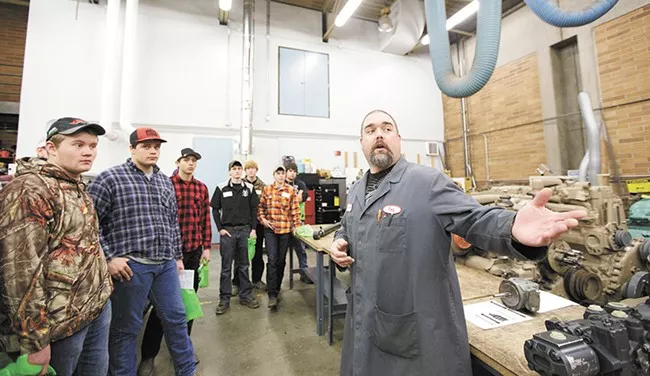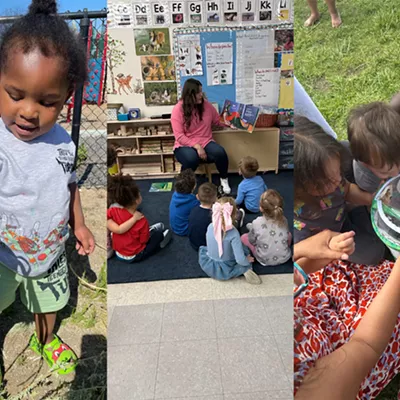
This week, every high school senior in Idaho will get a postcard in the mail notifying them that they are admitted into college.
It's the fourth year of the state's "direct admissions" program, which attempts to encourage more kids to go on to college after graduating high school. A total of 22,000 high school seniors will get a letter this month notifying them of their college options. All seniors will be admitted to six Idaho public colleges or universities, and those with higher GPAs will have all eight state colleges or universities as an option.
It's a unique program that the state has hoped will address Idaho's lagging "go on" rate. But four years in, is there any evidence that it's worked?
It depends on what you're looking at. If it's the percentage of Idaho graduates that go on to a post-secondary school, then no, the direct admissions program hasn't improved that. Less than half of Idaho's graduates go on to a post-secondary school, and that number has remained flat since the direct admissions program started.
It's not quite what the state was hoping for.
"It is flat. There's no doubt," says Mike Keckler, communications and legislative affairs officer for the Idaho State Board of Education.
When it comes to the number of young adults who have not only enrolled in post-secondary
In an op-ed written earlier this year by Linda Clark, Board of Education president, Clark says that she looks at those numbers and sees "that we have more work to do." The reasons behind why Idaho kids don't go on to college are complex, and it's a topic the Inlander covered thoroughly in a cover story in 2015 — the year Idaho started the direct admissions program.
"It may take more time to see our overall go-on rate increase," Clark writes.
Still, it wouldn't be accurate to call the program a failure. As Keckler notes, removing barriers for kids hoping to go on to college is never a bad thing. And if you look at the data a different way, there's a major positive to the program: It's keeping more Idaho students in Idaho after graduation.
In 2017, enrollment into out-of-state colleges dipped by 341 students, compared to 2015 numbers. But enrollment to in-state colleges increased by about 630
"It's always a good thing to keep your homegrown talent in the
For the state Board of Education, that's enough to keep the program going.
"We don't see any reason to stop it now," Keckler says. "We think it is having a positive effect. As with anything, it takes time. But the needle is moving in the right direction."



















